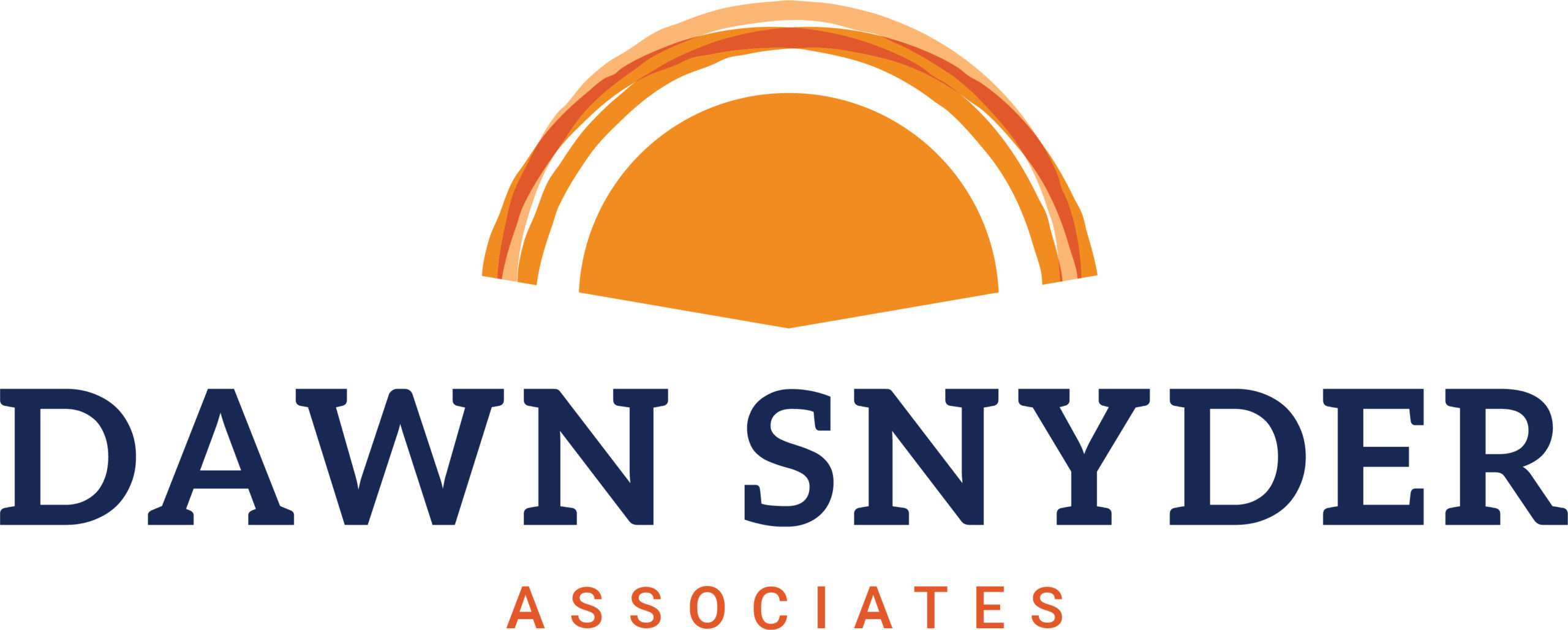Curriculum designers must be adept at answering the “What?” questions: What’s in the curriculum? What’s out?
A curriculum is more complex than an individual course because of the important and complex relationships among enabling and terminal performances. Design teams need to understand and respect these relationships to use instructional time and effort effectively. A little sloppy course design can become a disaster when expanded to the scope of a curriculum.
Analysis of the content, the performance situation, and the audience(s) is critical. Formal analysis methodologies tend to provide guidelines and information about relationships among skills and outcomes, much like the prominent shapes, colors, and edge pieces of a puzzle provide boundaries and clues about where other pieces may fit. This metaphor is a good fit if analysis is confined to the beginning of a project. However, drilling down within each of these areas to get more detailed information is often necessary. Here are some examples:
- New-hire phone reps have about three months after training to achieve required on-the-job call quality standards and call metrics. What do they already know about the products they will support? What else must they learn before they can provide good customer service? What questions do callers most commonly ask? How much effort should the curriculum spend on adapting to changes vs. learning fundamental concepts that will provide enduring support of their performance?
- Students at a community college are preparing for jobs as civil engineering technicians. What math skills will they need to perform tasks that new hires perform on the job? When will they be required to perform more complex math to continue progressing in their careers? What software will they need to know to complete job tasks? Will we provide training on that software? If so, how in-depth should we go? How proficient are they expected to be in the software as new hires? How much of what type of content and skills will best prepare graduates for the job market?
- Paramedics are highly trained and licensed to perform many of the tasks in emergency medicine. But how differently should we prepare them to perform in paramedic roles in various settings, such as in a community setting where they administer vaccinations vs. an ambulance setting that in which they respond to the scene of an accident. What are the common tasks that all should be prepared to perform? What tasks are more specialized and need to be separate from the main curriculum? How does the curriculum design, in other words, need to reflect the performance context?
As a general rule, a curriculum designer generally performs curriculum analysis in stages, first establishing boundaries then filling in the details as the project progresses (macro design and micro design).
Answers to the curriculum “What?” questions begin with a robust analysis. This is how to create a curriculum that provides learners with EVERYTHING they need and ONLY what they need to be successful performers.
